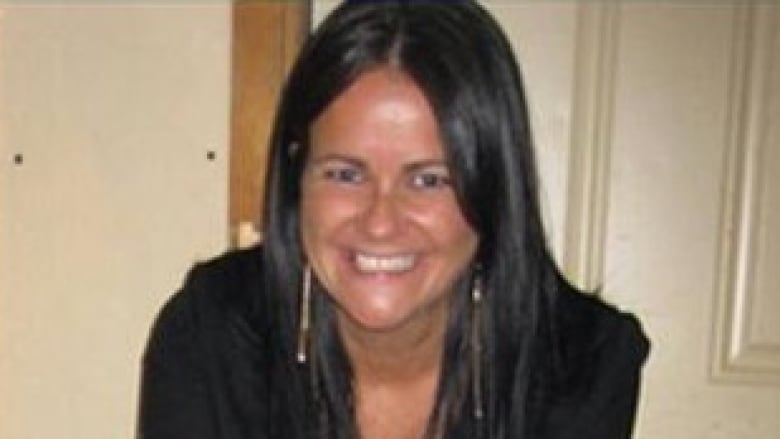Wet’suwet’en supporters, B.C. pipeline and RCMP protesters block Edmonton's High Level Bridge

Article content
Reverberations of the Wet’suwet’en and TC Energy pipeline dispute near Houston, B.C., were felt in Edmonton Monday night as a crowd marched through downtown and temporarily blocked the High Level Bridge.
Advertise
Article conte
About 200 people rallied to support the Wet’suwet’en hereditary chiefs’ stand against the Coastal GasLink pipeline. Protestors condemn both the construction of the Coastal GasLink LNG pipeline and the arrests of 15 people, including two journalists, present when the B.C. RCMP moved in to enforce an injunction last week
Carter Gorzit, a spokesperson for Climate Justice Edmonton, said the protest is meant as a show of solidarity and also to send a message.
“Unceded Indigenous territories and First Nations are sovereign spaces, and (the RCMP) don’t have jurisdiction now and can’t be arresting people or invading or forcing through the CGL pipeline,” he said. “It’s particularly (messed) up when they’re doing it with ongoing climate crisis occurring in British Columbia.”
Advertisem
The rally began at Beaver Hills House Park at 5 p.m. The group marched down Jasper Avenue and 109 Street chanting “Always was, always will be Indigenous land,” and “How do you spell racist? R-C-M-P.” They carried colourful banners and signs condemning police, and asserting Indigenous peoples’ land rights.
Advertisement
Article content
Judith Gale was discouraged to again be protesting the RCMP’s decision to arrest people who were opposing the pipeline’s construction.
“As Indigenous people, we are the stewards of this land since time immemorial. And we’re only exercising our right that is afforded us by our ancestors,” she said. “Everybody join this movement, and let’s fight for our mother (earth).”
Police vehicles trailed the crowd as it headed toward the High Level Bridge. Some tensions rose between drivers attempting trying to cross the bridge and the crowd with some motorists loudly and repeatedly blaring their horns.
The group stopped half-way across the bridge to light a ceremonial fire and sing a song before completing the march on the south side. The bridge was blocked for over half an hour before the crowd disbanded.
Advertisemen
Article conte

Lyndsay Breadner Quewezance-Leclaire, a sacred fire keeper, said it was important for her to perform the ceremony and rally to support the next generation of Indigenous youth.
Members of the Gidimt’en clan, one of five in the Wet’suwet’en Nation, set up a road blockade last week after giving the pipeline company an eviction notice. RCMP moved in to clear the blockade, sparking solidarity protests for those arrested and opposing the pipeline. The two journalists detained were released on Monday.
Wet’suwet’en hereditary chiefs and others have opposed the pipeline although the elected Wet’suwet’en council supports it.
The Alberta NDP passed a resolution over the weekend expressing solidarity with Wet’suwet’en Nation demanding the RCMP immediately withdraw from the area, and halt construction until hereditary chiefs give consent.
Advertisement
Article content
The United Conservative Party responded by releasing a statement condemning the NDP for endorsing the protests.
“Not only does this resolution ignore a clear order from the B.C. Supreme Court, but it ignores the will of elected First Nations leaders all along the Coastal GasLink project route,” MLA Searle Turton said in a press release.
Premier Jason Kenney brought in the Critical Infrastructure Defence Act in 2020 in wake of nationwide rail blockades in support of Wet’suwet’en members’ fight against the pipeline. The law makes it illegal to enter or damage infrastructure like roadways during a protest in Alberta.
Advertisemen
Article content


– With files from the Canadian Press and Matt Scace








